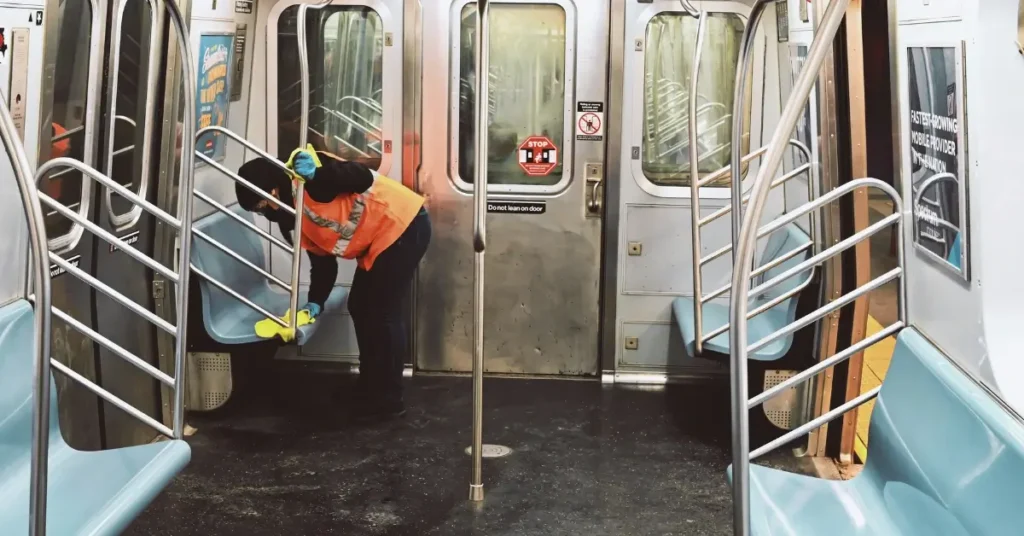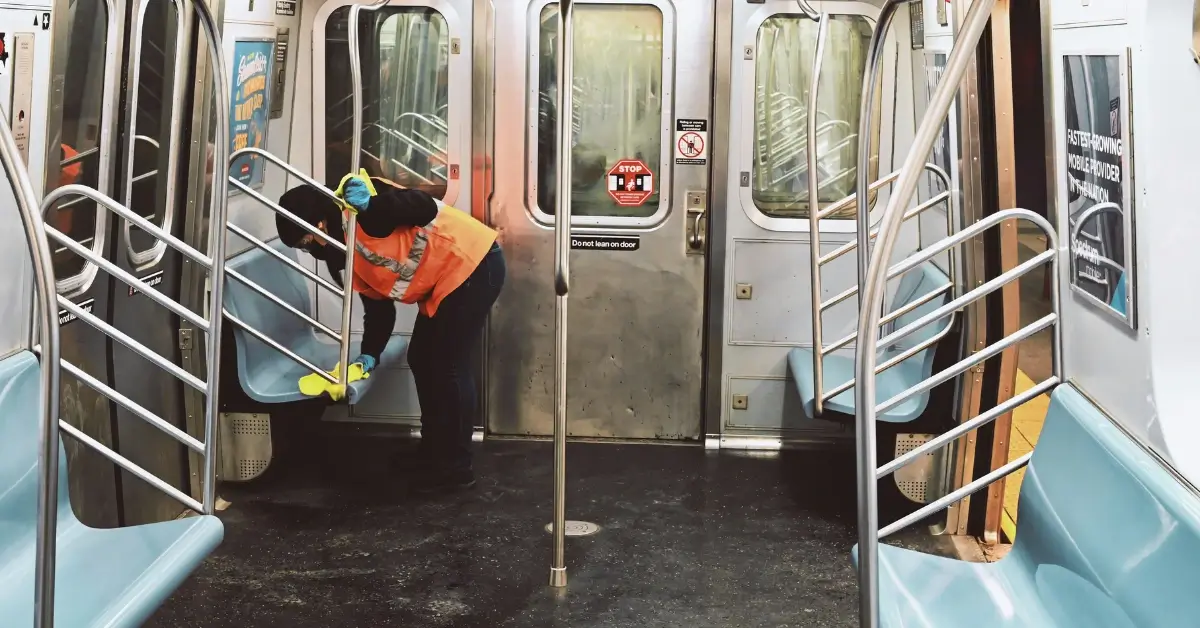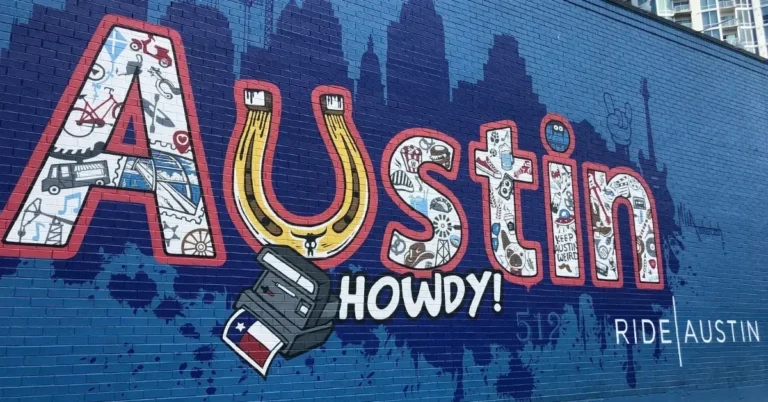When you’re working in New York, understanding the minimum wage is crucial as it sets the baseline for your earnings. What is the minimum wage in New York State is not a flat rate across the board; instead, it varies based on the region and industry. It’s designed to ensure that employees in different living cost areas are paid a fair wage for their work.
Depending on where you work in the state, the minimum wage rates can range from those set for New York City, Long Island, and Westchester, to a separate rate for the remainder of the state. The specifics of the minimum wage also extend beyond the hourly rates, encompassing a range of worker rights and employer responsibilities.
History of What is the Minimum Wage in New York
New York’s minimum wage has seen significant evolution, shaped by legislation and economic demands. You’ll find that the history of minimum wage in New York reflects a responsive approach to the changing needs of workers.
Legislative Developments
To address the cost of living and inflation, New York State passed a notable piece of legislation as part of the 2016-17 State Budget, which set forth a series of annual increases. This initiative marked a significant commitment to elevating the state’s wage floor. Fast forward, and under Governor Kathy Hochul’s direction, the FY 2024 Budget continues to prioritize workers’ wages, signaling further changes that take into account the state’s economic landscape and regional variations.
Historical Rate Changes
On December 31, 2016, New York State took decisive action by increasing the minimum wage, with amounts varying by location, industry, and the size of the employer within New York City. Since then, wage increases have been staggered and measured, recognizing the different economic conditions across regions. Here is a simplified table to show you past rates up to the recent changes:
| Date | NYC Large Employers (11 or more employees) | NYC Small Employers (10 or fewer) | Long Island & Westchester | Remainder of State |
|---|---|---|---|---|
| Dec 31, 2016 | $11.00 | $10.50 | $10.00 | $9.70 |
| … | … | … | … | … |
| Dec 2022 | Adjusted | Adjusted | Adjusted | $14.20 |
For continued updates, particularly in regions outside of New York City, it’s crucial to keep an eye on the current minimum wage rates, as they’re subject to change based on the state’s economic indices.
Current Minimum Wage Standards
What is the minimum wage in New York State recently updated minimum wage rates—a move you’ll want to keep an eye on, especially if you’re living in or employing workers within the state.
What is the minimum wage in New York State Overview
As of January 1, 2024, New York State’s standard minimum wage has increased. If you are an employer or an employee, you now need to ensure that the minimum wage rate you’re paying or receiving aligns with this new standard.
- New York City, Nassau, Suffolk, and Westchester: $16.00 per hour
- Rest of New York State: $15.00 per hour
Regional Differences
The minimum wage in New York is not a one-size-fits-all figure. Regional differences take into account the variation in living costs across the state.
- New York City: Living in the bustling city? Workers here enjoy the highest minimum wage rate in the state at $16.00 per hour.
- Long Island & Westchester County: Also on the higher end of the wage scale, workers in these areas earn a minimum wage equal to that of New York City, at $16.00 per hour.
- The remainder of New York State: Step outside the above regions, and the minimum wage rate drops slightly to $15.00 per hour.
Specific Industries and Employers
Navigating what is the minimum wage in New York landscape can be challenging, especially since specific industries like the fast food sector and hospitality industry have their own set rules. Let’s take a closer look at how these industries are impacted.
Fast Food Industry
For your fast food business in New York City, you’re required to pay your employees at least $16.00 per hour. This industry is one of the few with a defined wage that stands apart from the general state minimum wage, catering specifically to the fast food industry workers in NYC.

Hospitality Industry
The hospitality industry, particularly hotels and restaurants, often employs a significant number of tipped workers. The wages for these employees can be complex, as businesses must ensure that the total tips and the base pay reach the state minimum wage. For tipped workers in the hospitality industry, employers have different hourly base pay, but they must meet the minimum wage when combined with earned tips.
Regulatory Requirements and Compliance
Navigating the landscape of minimum wage laws in New York requires understanding the role of the Department of Labor in maintaining compliance and staying informed about labor law postings and wage standards. You must be up to date with these regulations to ensure lawful business operations.
Labor Law Postings
Your business must visibly display official labor law posters that outline the minimum wage rates as determined by the Department of Labor. These posters serve as a public awareness effort to keep both you and your employees informed of the current minimum wage—the minimum wage in NYC, Nassau, Suffolk, and Westchester being $16.00 per hour, and $15.00 per hour in the rest of the state since January 1, 2024. Partnering organizations and trade associations often distribute these required postings to assist businesses with compliance.
Overtime and Wage Supplements
As stipulated by the State Department of Labor, overtime compensation is mandatory for any hours worked over 40 in a workweek, paid at a rate of one and a half times the employee’s regular rate. Wage supplements or benefits such as vacation or holiday pay are also regulated and enforced by the Division of Labor Standards, so you must be vigilant about fulfilling these requirements. Note that the minimum wage for home care aides and workers involved in industrial homework is subject to similar regulations, and therefore must comply with both posting and overtime compensation rules.
Worker Protection and Advocacy
In New York, your rights as an employee are protected under various laws and regulations. When it comes to minimum wage concerns, you’re not alone; numerous avenues for advocacy and complaints are available to support you.
Filing a Complaint
If you find that your wage does not match the legal minimum, filing a wage complaint is a step you can take. The New York State Department of Labor provides resources to guide you through the process. This involves documenting your hours worked and the payment received, which can then be submitted to the Commissioner of Labor. Here’s a brief on how to start:
- Document Your Hours: Keep track of the hours you work.
- Note Your Wages: Record the wages you receive.
- Submit a Complaint: Visit the New York Department of Labor Wage Complaint form to submit your complaint.
Protection Legislation
Legislation such as the Fair Labor Standards Act (FLSA) sets the stage for minimum wage, overtime pay, and youth employment. In addition to federal laws, New York State has its own set of labor standards designed to protect you from wage theft and other unfair practices. Here are the key legislative protections:
- Minimum Wage Act: Ensures you receive the state-mandated minimum wage.
- Wage Theft Protection Act: Safeguards against the unlawful withholding of wages by employers.
Your knowledge and use of these advocacy channels and protections help ensure fair labor practices for all workers in New York.
Economic Impact of Minimum Wage Increases
When you read about minimum wage increases in New York, the focus often shifts to their broad economic impact. It’s about how every extra dollar in the hands of low-income workers and the subsequent changes ripple through industries and the overall economy.
Effects on Low-Income Workers
For low-income workers, a bump in the minimum wage can directly lead to improved living standards. When the minimum wage increases, these workers often experience a boost in their earnings, which supports enhanced spending power. Economic research indicates that higher wages may lead to stimulative spending patterns, as workers have more income to spend on goods and services. This can reduce poverty rates and provide some insulation against the effects of inflation, often tracked by indicators such as the Consumer Price Index for Urban Wage Earners and Clerical Workers (CPI-W).

Industry and Economy-wide Consequences
The consequences of wage increases is multifaceted. On one side, it may translate to higher productivity as workers may feel more motivated and engaged. However, there’s the argument that increased wages can escalate business costs, potentially leading to price hikes. This scenario can impact the Consumer Price Index and add to inflationary pressures. But it’s not a one-size-fits-all impact; varied effects are noticed across different industries with their unique demand and supply dynamics.
Outlook and Future Developments
As you look ahead, the New York minimum wage landscape will continuously evolve under the guidance of Governor Kathy Hochul and the State Legislature. Key changes are coming that will link the wage to inflation and may trigger further legislative updates.
Indexing to Inflation
Beginning in 2027, the minimum wage in New York will see annual increases based on the Consumer Price Index for Urban Wage Earners and Clerical Workers (CPI-W) of the Northeast region. This indexing to inflation mechanism, secured within the FY 2024 State Budget, ensures that the wage floor keeps pace with the cost of living. These adjustments serve as an “off-ramp” from previously set increases, creating a responsive wage environment that better reflects economic conditions.

Potential Legislative Changes
While indexing provides a systematic approach to minimum wage increases, the State Legislature holds the power to propose and enact changes. As economic conditions fluctuate, there could be calls for legislative action, either to accelerate the wage rise in response to economic hardship or to introduce measures that could slow down increases if they outpace economic growth. Governor Kathy Hochul’s administration and future lawmakers will navigate these decisions, balancing the needs of workers with the broader economic picture.





